A mix of modern and retro design details feature in the latest generation of Minis, including the new Electric and Convertible models
Providing a new and fresh feel to iconic designs is a tricky challenge, and perhaps one that is unrivalled in the auto industry when considering Mini. Unveiled at the start of 2021, the latest generation of the Mini range has received various updates with the goal of modernising while retaining critical legacy elements.
We got behind the wheel of the Electric and Convertible variants to experience this mix of new and old, and to see if electrifying one of the most iconic cars out there is a viable option.
A changing face
There is nothing head-turningly new about the appearance of either the Mini Electric or the Convertible. It all looks very familiar, with both models taking on a shape and style that is almost identical to the previous Mini. But there are a few new details.
The hexagonal grille at the front is now larger, pushing down into the front bumper area. It is outlined by two glossy black surrounds, with one sitting inside the other and finishing slightly higher up on the bumper. The same black surrounds encompass the headlamps, which retain their very Mini-esque round form.
To differentiate the front of the Electric from the other variants, the bumper continues into the hexagonal ‘grille’ space and is the same colour as the body work. In contrast, the grille of the Convertible is fully functional and features a honeycomb pattern. It also has two square areas on either side, created by running the surrounds back into the grille area before they push out to link to the small vertical air intakes. These narrow air intakes take the place of the fog lamps, which are now integrated into the main lamp units.
Another small change has been made to the side of the new models, with newly designed scuttles placed above the front wheels. These have individual inserts depending on the variant - the Electric version getting black inserts with a yellow ‘S’ badge, and the Convertible red and black inserts with small John Cooper Works badges. Both inserts have a honeycomb effect on the lower sections.
A plug graphic is embossed on the circular port used for charging. It is positioned above the rear right wheel, in the same location as the circular fuel port on the combustion engine variants. There is also a small yellow plug graphic on the left side of the boot lid, outlined in chrome.
Alloys are yet another differentiator between the Electric and other variants. The cross shape of the 17-inch ’Electric Corona Spoke’ in two-tone includes textured bumpy black areas as well as smooth chrome shapes. Other alloys, including the silver ‘Loop Spokes’ on the Convertible, are far more conventional.
Icing on the colourful cake
Customisation is crucial for Mini. In 2017, the company launched a new service that allowed buyers to alter inlays for the side scuttles, door trims, and various LEDs inside the interior. A new feature on this latest generation is the multitone hardtop roof, which according to Oliver Heilmer, head of Mini design, ensures that no two models are the same.
Three different colours are used: ‘San Marino Blue’, ’Pearly Aqua’ and ‘Jet Black’. They are applied one after the other in a wet-on-wet painting process, from the windscreen to the small rear spoiler, which causes small deviations in the pattern.
In contrast, the fabric on the Convertible roof includes a Union Jack pattern in black and grey, matching the iconic union jack rear lamp design that are now standard across the range.
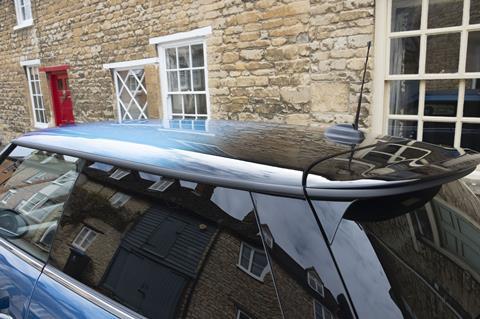
Going in circles
In a recent interview for Interior Motives magazine, Heilmer outlined the thinking behind Mini interior design. One of the vital components are the circular elements that are scattered throughout like the central instrument panel, air vents and various rotary dials. Circles, he said, are a ”forgiving shape, and are more calming than sharp squares. That’s why they will continue to be key in our cars – to create that relaxed and comfortable environment.”
But the circular-centric design approach poses a challenge. When compared to the angular and reductionist designs that are currently rife in new cars, the Mini’s interior is in danger of looking dated. This is countered by the inclusion of lots of tech, such as the screens, LEDs for ambient lighting and heads-up display system.
There is little to differentiate the interior of the latest Mini when compared to the previous generation, but perhaps the most obvious is the new 5-inch driver instrument screen on the steering column. It replaces the analogue display cluster that included one circular unit placed on top of a semi-circle.
Small alterations have been made elsewhere, such as the outer air vents which are now housed in spherical cases, in keeping with the circular-centric design. Buttons on the steering wheel are grouped together and are made of glossy black plastic instead of hard plastic that was used before, and the doors now include a circular speaker and re-designed armrest. There are also speakers embedded inside the centre console arm rest.
As for differences between the Electric and Convertible, the centre console is the only area subject to change. A large traditional handbrake in the Convertible again adds to the retro feel, and although the parking switch in the Electric is compact, it somehow feels tired with its flimsy plastic body. A little bit of quality in the form of chrome or glossy black plastic here may not have gone amiss. The same goes for the rotary dial that can be used to control the touchscreen – the material is not ideal for a high frequency touch point.
However, other parts of the interior like the textured middle section of the dash, the chrome door handles, and the quilted seats feel far more fancy. The BMW-esque gear stick is also high quality and feels good to grip.
Electric tranquillity
Driving the Electric and Convertible back-to-back really puts the cat among the pigeons. The former is extremely comfortable. Mini has taken care to use acoustically treat the cabin, ensuring that the occupants aren’t subject to weird noises in the absence of a combustion engine. This has also helped to reduce road and wind noise, the result of which is an almost zen-like cocoon.
The Electric is also fun and fiery when pressing the accelerator. Mini says it will do 0 to 62mph in 7.3 seconds, but as with all electric cars, the initial power from a standing start is the most impressive. It also handles brilliantly in corners thanks to a new version of Mini’s adaptive suspension system.
In stark contrast, the noise of the rubber on tarmac is clearly audible when driving the Convertible, as is the wind and the constant burble of the combustion engine. The impact that this has on comfort is significant. Perhaps it isn’t as noticeable without having driven the Electric minutes before, and while the Convertible is still fun to drive, the lack of refinement when compared to the Electric is marked.
Perhaps the only downside of the Electric is its 145-mile range. This is an official best-case-scenario estimate from Mini and will likely be achieved with the perfect driving conditions and the world’s most efficient driver. Day-to-day driving to and from the office would be a breeze, but longer journeys across country need meticulous planning to ensure there are sufficient charge points along the way.










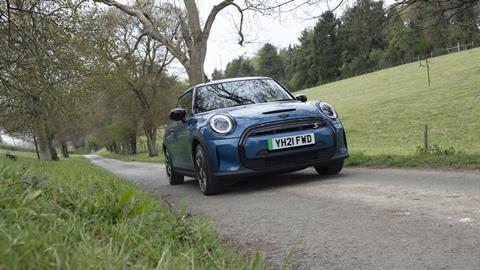
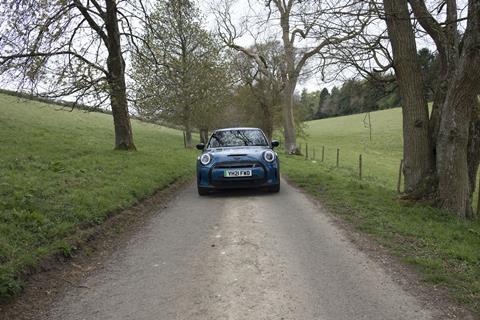
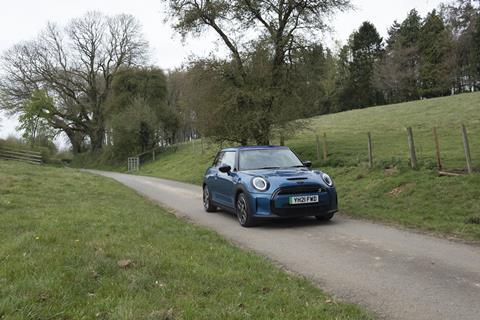
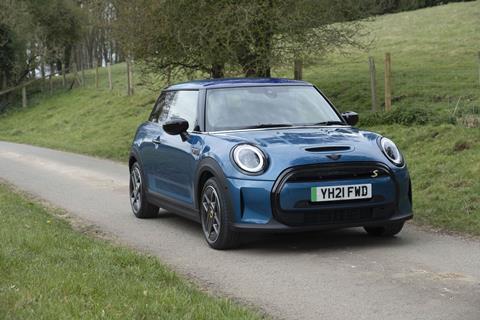

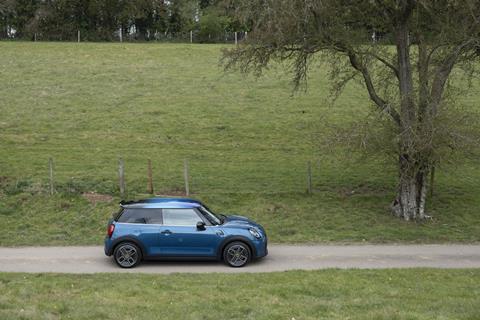
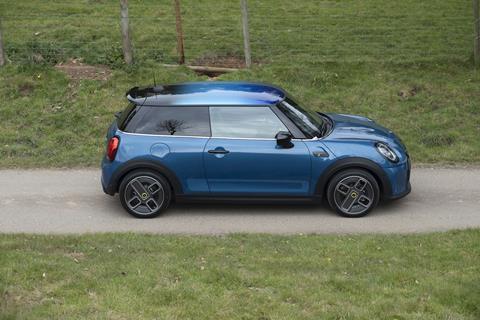

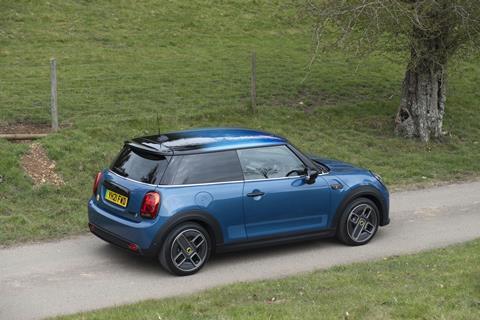
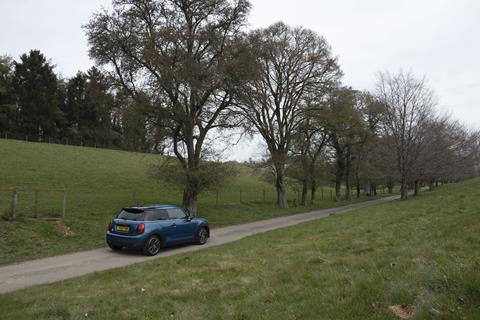
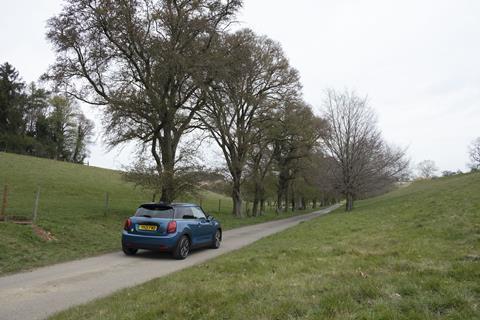

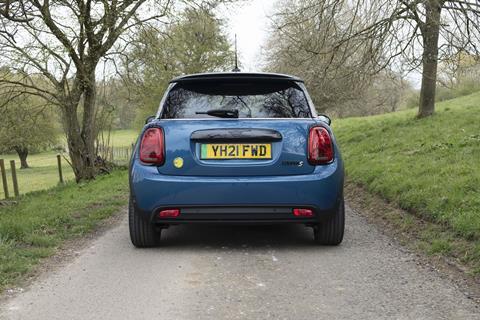
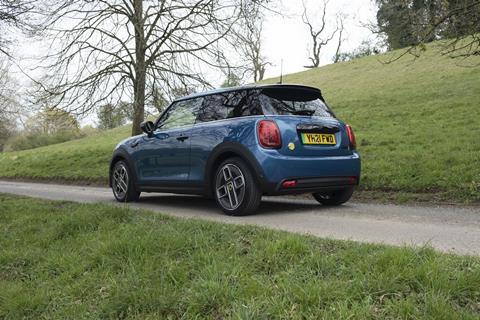
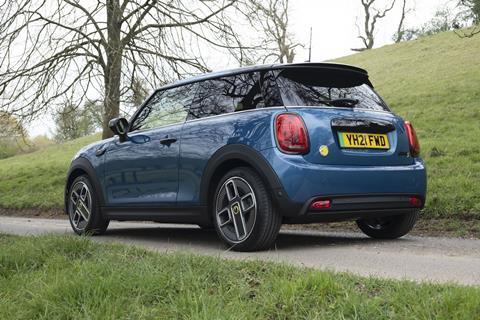

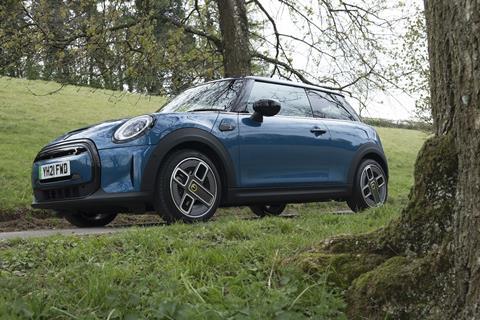
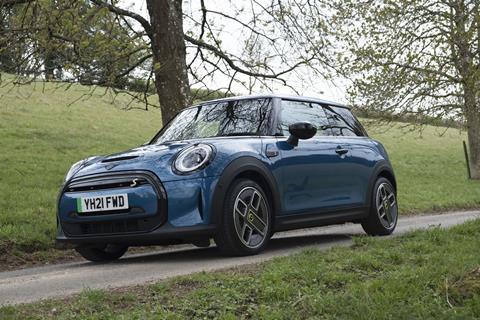
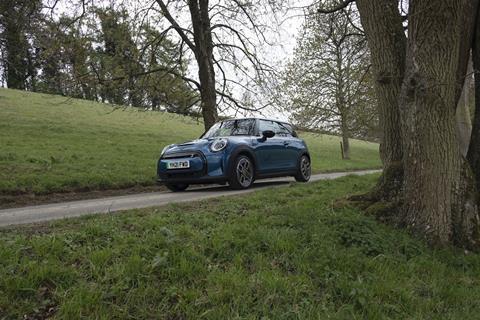
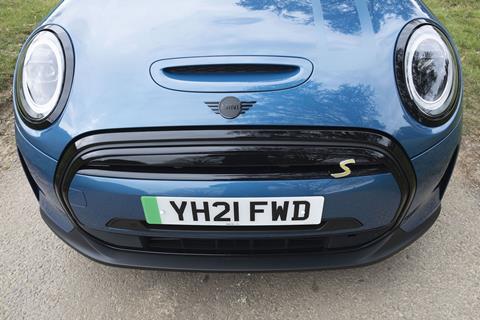

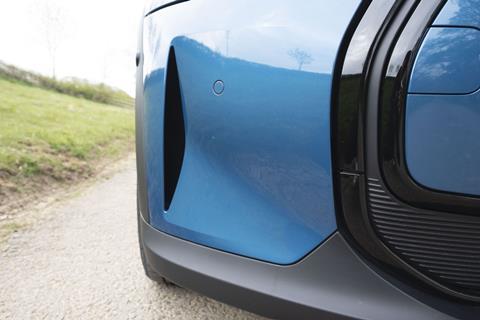
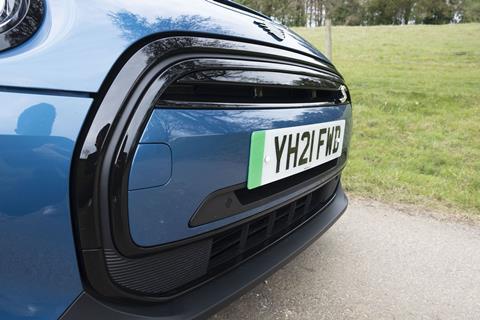
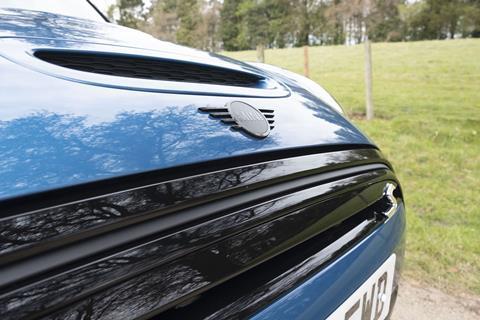
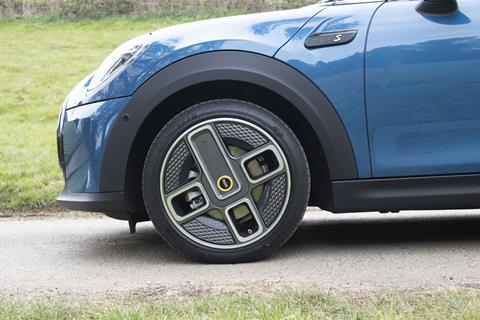
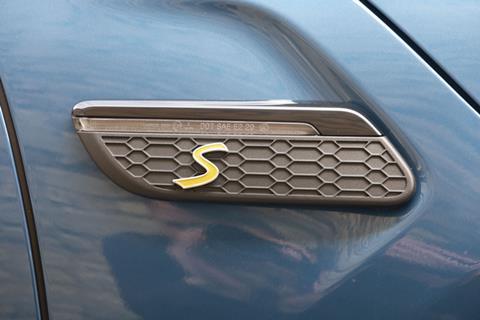
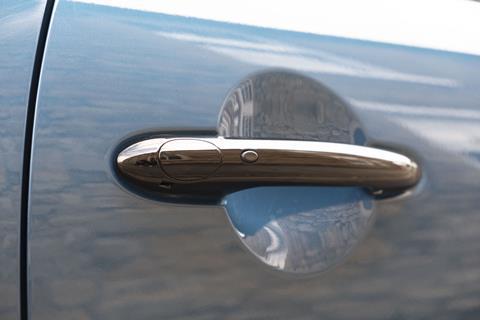
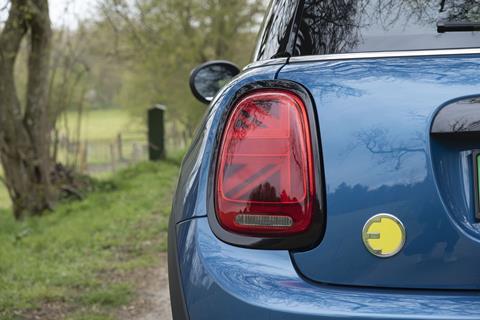
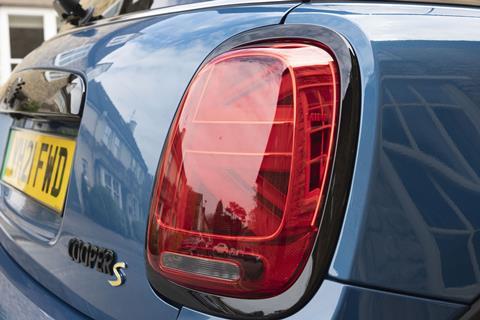
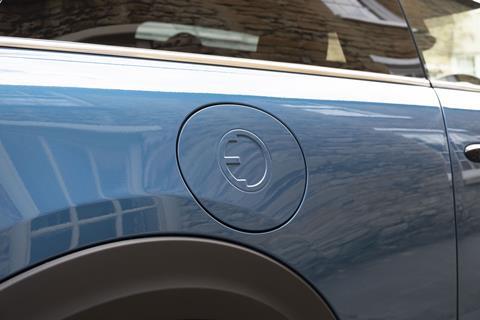

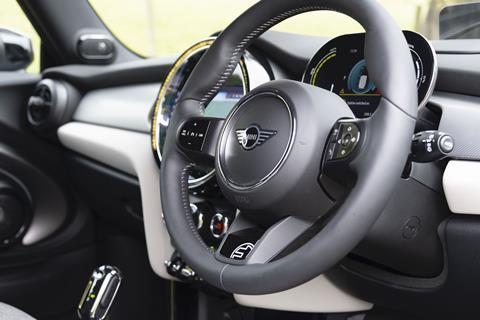
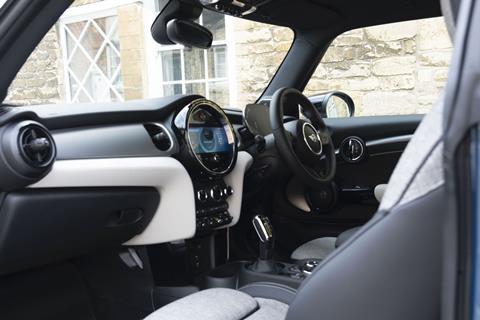
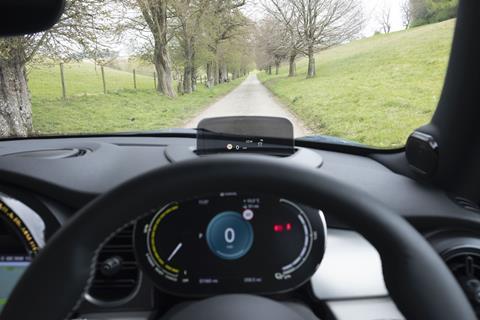
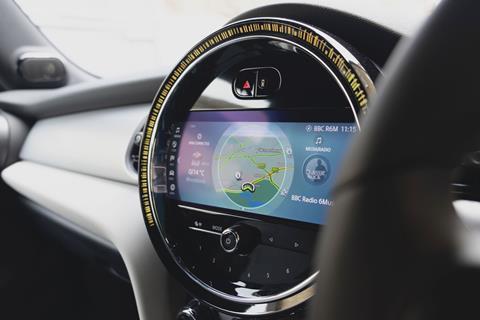

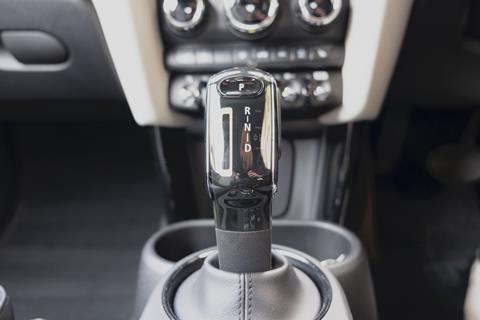
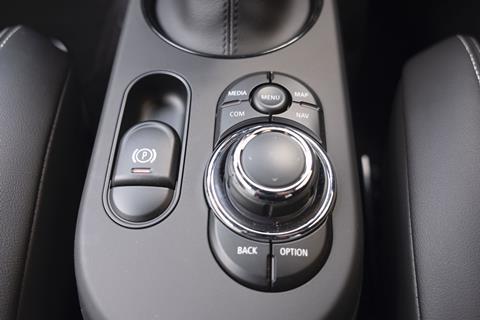
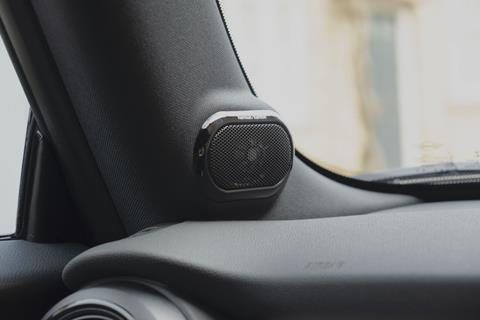
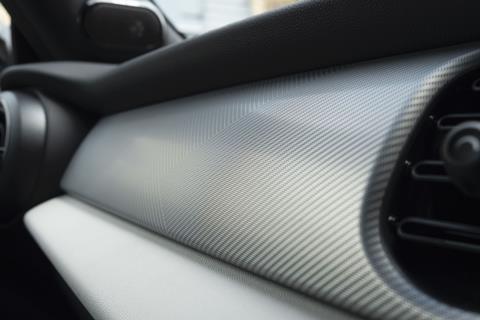
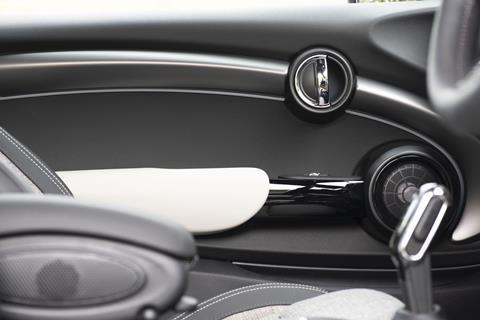
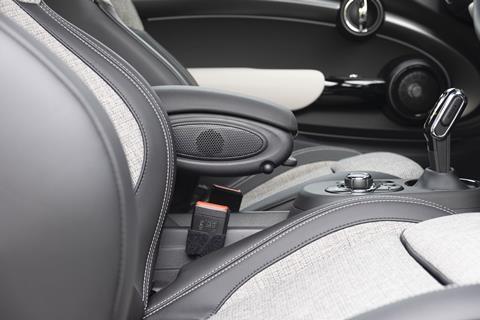
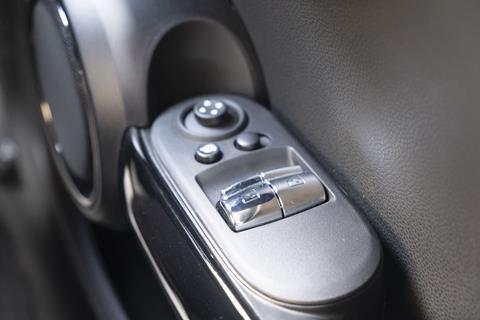
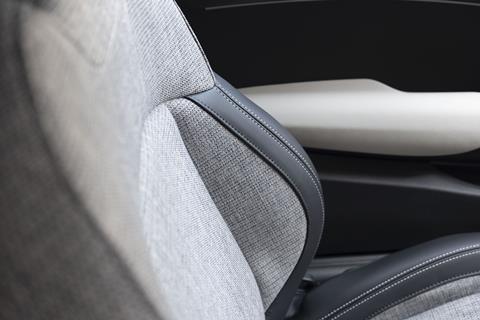
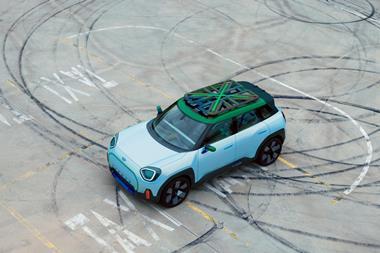

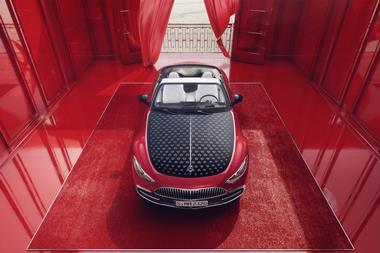
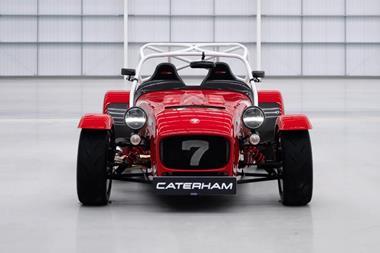
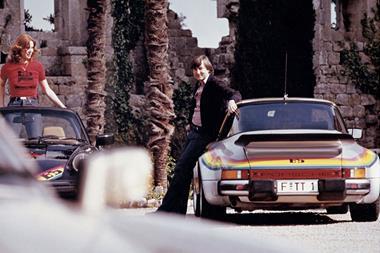
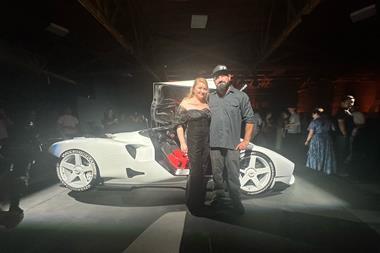



No comments yet